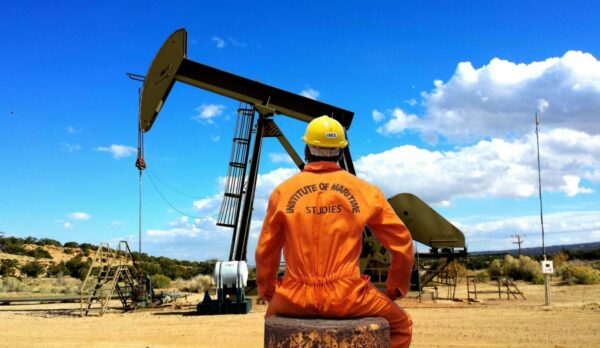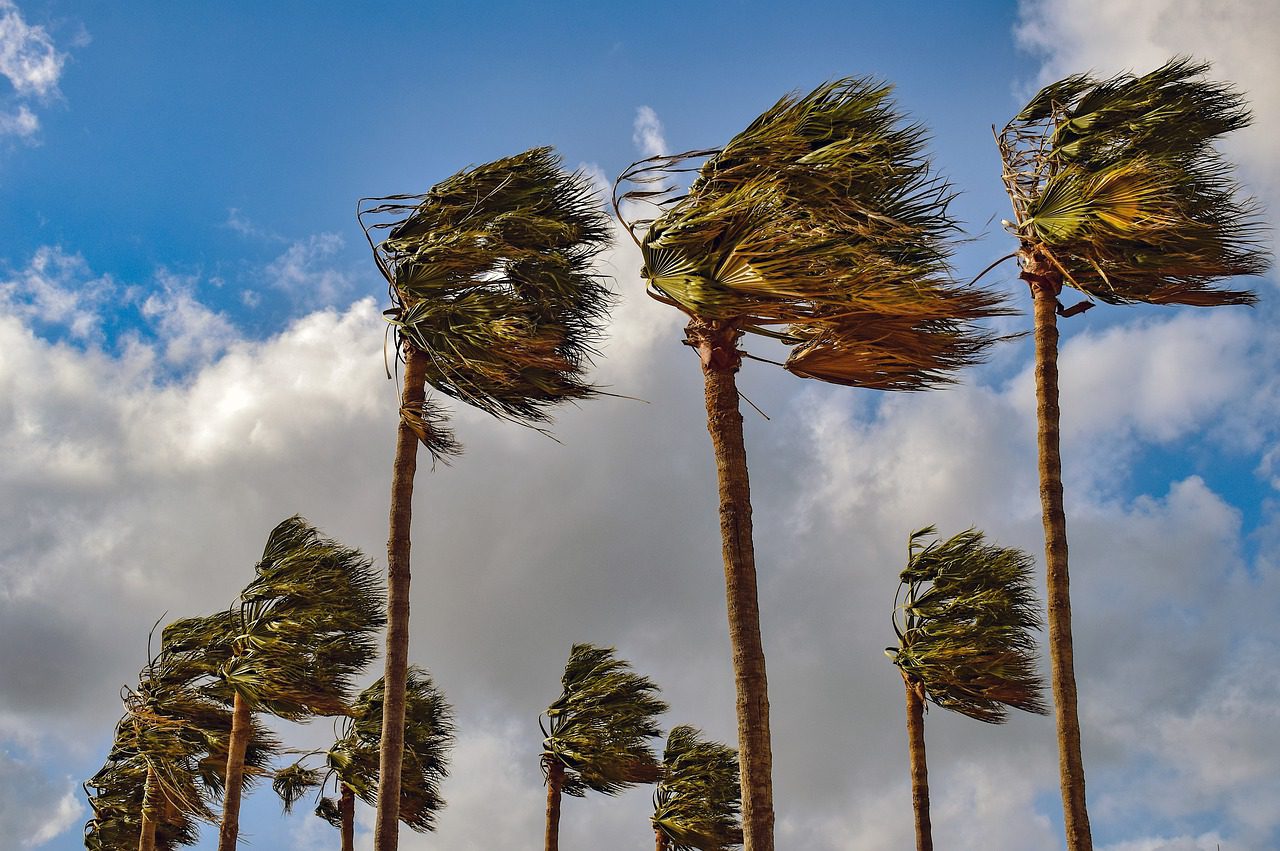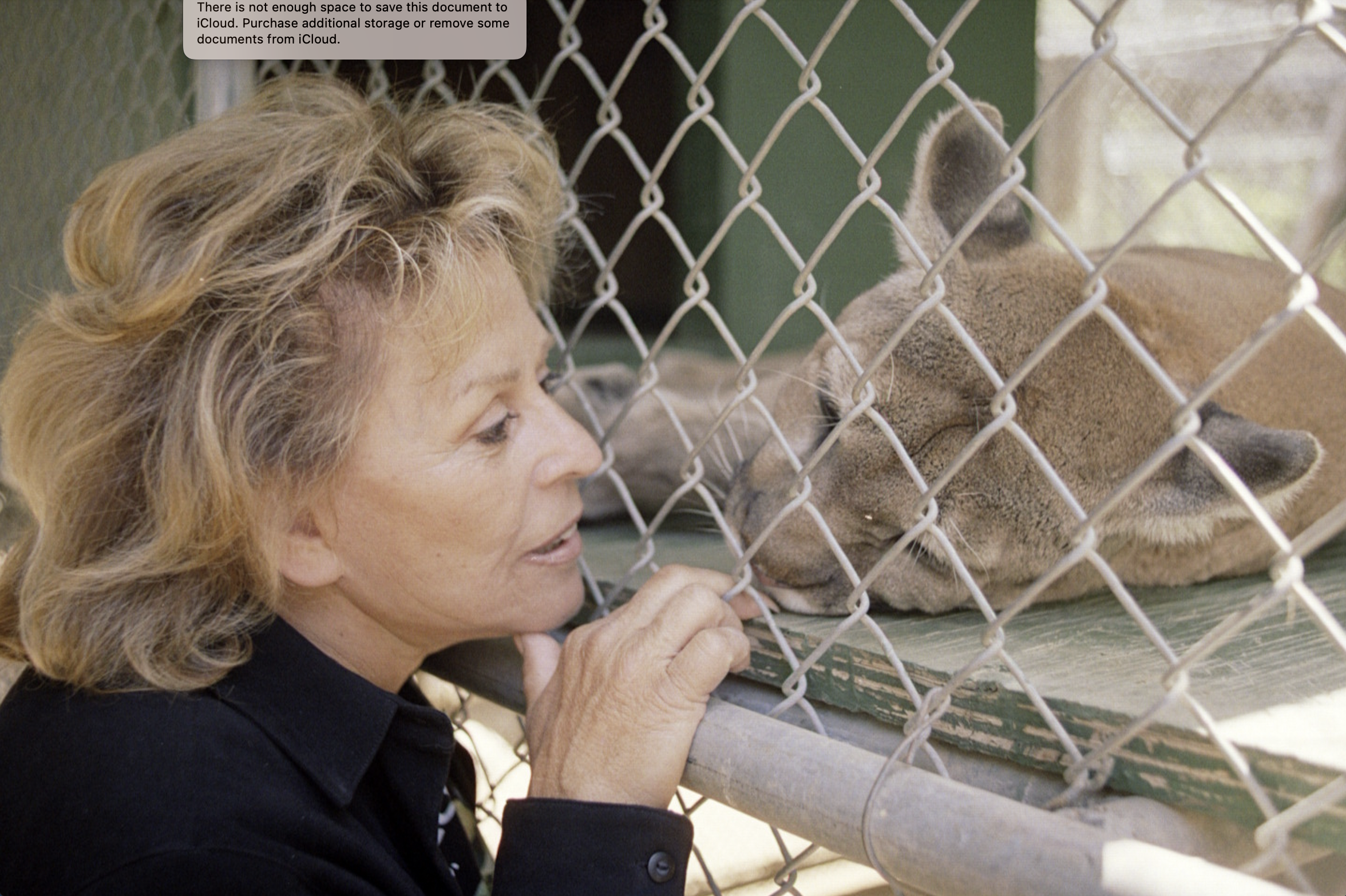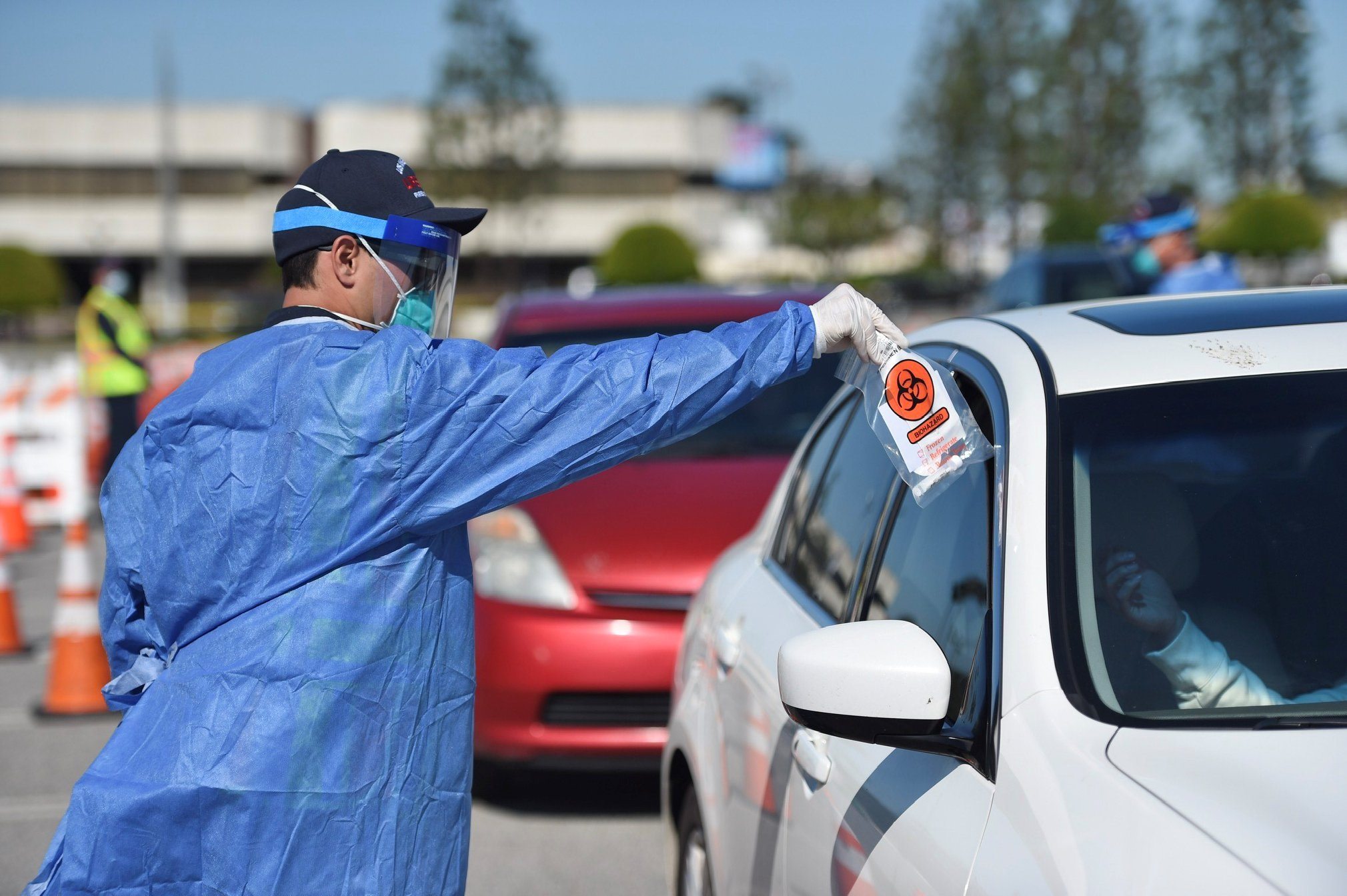The Los Angeles City Council Wednesday will consider taking a major step toward banning new oil and gas wells in Los Angeles, as well as beginning the process to eventually phase out existing oil and gas drilling after requirements are met.
Council members will consider a series of recommendations from three of its committees, including having the Los Angeles Department of City Planning and the City Attorney’s Office:
— draft an ordinance to prohibit new oil and gas extraction, as recommended by the Budget and Finance Committee on Nov. 22; and
— draft an ordinance to phase out existing oil and gas drilling operations contingent on the results of an amortization study and proposed revisions to the zoning code, as recommended by the Planning and Land Use Management Committee on April 20.
The ordinances would have to be approved by a majority of the City Council.
The Los Angeles County Board of Supervisors voted last year to ban new oil and gas wells and phase out existing wells in unincorporated areas.
The city of Los Angeles has 26 oil and gas fields and about 5,274 oil and gas wells, according to the Department of City Planning. Seventeen drill sites are either active, idle or perform gas drill operations.
“There are oil and gas facilities in nearly every section of the 503 square miles of the city,” Vincent Bertoni, director of the Department of City Planning, wrote in a Sept. 23 letter to the City Council Budget and Finance Committee.
Nearly one-third of Los Angeles’ oil and gas wells exist outside drill sites and are dispersed throughout the city, Bertoni added, citing data by the California Geologic Energy Management Division.
If the motion passes, the City Council will also order a report on necessary staffing and budget needs for the amortization study. Amortization is a prerequisite to decomissioning oil fields and would allow the oil company to recoup its investment if it hasn’t already.
The ordinance to phase out existing oil drilling would rely heavily on an amortization study, according to the Department of Planning, which recommended in its report to the Budget and Finance Committee that the city move forward with the ordinance to ban future oil wells in the interim, because they don’t require an amortization study.
The California Independent Petroleum Association did not immediately respond to a request for comment on the city’s anticipated actions.
Many community groups have lobbied Los Angeles to stop oil drilling, citing the harms it has on communities, which are disproportionately felt in working-class communities and communities of color.
“Communities in L.A. have demanded an end to urban oil drilling and for years have been denied,” said Food & Water Watch Senior Organizer Jasmin Vargas.
“But with the passage of this motion, Los Angeles has the opportunity to create a pathway to clean energy with a just transition for oil workers. Climate action like this can and should be replicated across the state. I hope Gov. (Gavin) Newsom is watching.”
Newsom proposed new rules on Oct. 21, under which new oil wells or drilling facilities in California would have to be at least 3,200 feet from homes, schools, hospitals, nursing homes and other “sensitive locations.” Newsom cited the impacts drilling’s toxic chemicals have on communities, including asthma and birth defects. The proposal is undergoing an economic analysis and public comment before taking effect. The governor has also called for a statewide phase-out of oil extraction by 2045.
A USC study published on April 15 links living by urban oil wells with wheezing and reduced lung function, symptoms disproportionately borne by people of color in Los Angeles.
In some cases, the respiratory harm rivals that of daily exposure to secondhand tobacco smoke or living beside highways spewing auto exhaust, the researchers found.
The study focused on drilling sites in two South L.A. neighborhoods, Jefferson Park and North University Park, yet could have implications elsewhere in the region. About one-third of L.A. County residents live less than one mile from an active drilling site — and some live as close as 60 feet.
“Oil and gas extraction occurs in densely populated neighborhoods next to where residents live and go to school,” said researcher Jill Johnston, an assistant professor of preventive medicine at the Keck School of Medicine of USC. “In this community-driven research, we found that living close to oil sites is associated with lower lung function. These results persist across ages, sex and racial/ethnic groups.”







